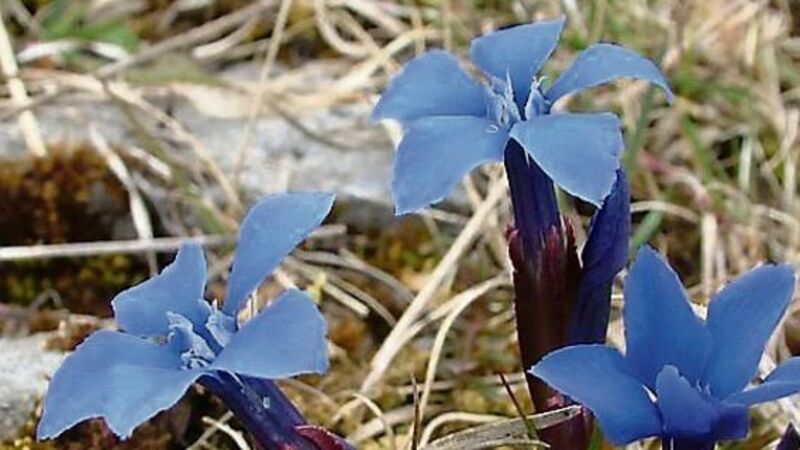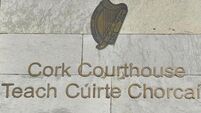Wonders of our wildflower

Buttercups and daisies are among the doughty survivors though many are disappearing, temporarily, as the silage-harvesting and haymaking season progresses. Wild plants and herbs are very much part of Irish folklore. Our long-lost ancestors believed the body had 365 parts, with a different herb to cure the ills of each part.
In the Dingle and Beara peninsulas, fuchsia still blooms and such delightful places are now looking their beautiful best. And while the peninsulas have not escaped intensive farming, they still have a patchwork of small fields, with ditches and hedgerows that have remained intact for hundreds of years.











